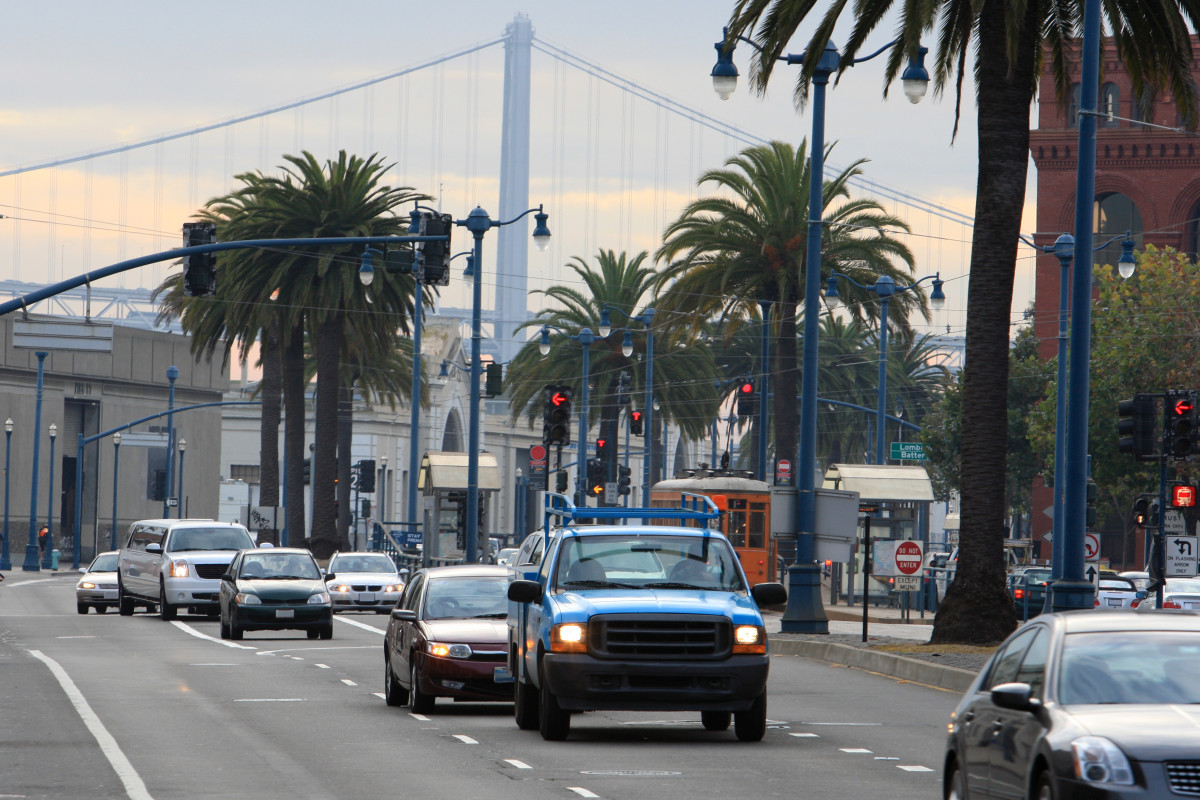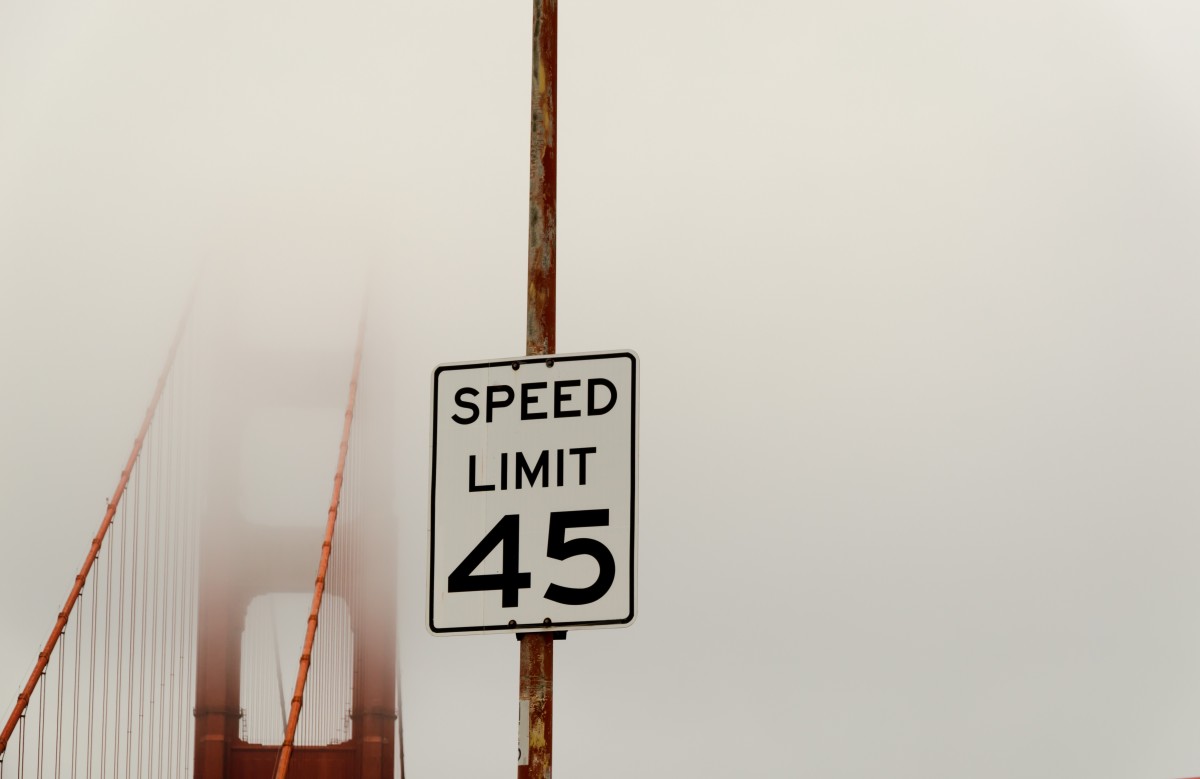San Francisco drivers are on the verge of a significant change
San Francisco activated its new network of speed cameras last Thursday to become California’s first city to use the traffic law-enforcement method. The cameras, which begin with a two-month trial serving warnings instead of fines, will distribute penalties to drivers via mail—but the notice one person receives could look significantly different from another’s. Fines from San Francisco’s speed cameras will adjust their penalty amount on a sliding scale, with low-income residents eligible for a 50% discount. Non-discounted fines will range from $50 to $500, with single-person households earning less than $30,120 annually and incomes up to $83,920 for a family of six qualifying for the discount. San Francisco will automatically apply the discount for qualifying individuals who choose to apply.

Getty Images
The locations of San Francisco’s 33 new cameras have been publicly revealed and contain markings with large signage. Enforcement areas target higher-risk areas across San Francisco, like school zones and corridors such as Geary Boulevard and Harrison Street. San Francisco local Patrick Banta described in an interview with ABC that he regularly witnesses drivers speeding down Harrison Street between 4th and 5th outside of his auto service shop: “You can see, that guy’s going too fast, that guy’s going too fast, that guy’s going too fast. You can just count them.”
This might be the first of such speed cameras in the state
SFMTA (San Francisco Municipal Traffic Authority) transportation director Julie Kirschbaum told ABC: “We’re documenting our experience, and our goal is to eventually help cities throughout California implement this important safety tool.” California will launch its speed camera pilot program in six other cities, including Los Angeles, Glendale, Malibu, Long Beach, San Jose, and Oakland. According to Courthouse News Service, more people died from traffic-related accidents in the city last year than homicides. San Francisco City Attorney David Chiu has been working on the speed camera pilot program for about 10 years. The SFMTA estimates the cameras will give out somewhere in the ballpark of 42,000 daily citations.
Varying fine amounts for San Francisco’s new speed cameras are as follows:
- 11-15 mph over the limit incurs a $50 or $25 fine (with a discount)
- 16-25 mph over the limit incurs a $100 or $50 fine
- 26 mph or more over the limit incurs a $200 or $100 fine
- 100 mph or more incurs a $500 or $250 fine
While the sliding fine scale may have been designed with fairness in mind, some still view the entire program as unfair. “I don’t like the idea of a flash and you get a ticket in the mail. Ticketing the people that can’t afford to be ticketed routinely and the tickets aren’t cheap, the tickets here are pretty nasty,” San Francisco local Sophie Rehlaender told ABC.

Getty
Final thoughts
You may be surprised to learn that most states still don’t use speed cameras, and some have laws prohibiting even the possibility of pilot programs. The District of Columbia and 19 states operate speed cameras, but nine states have outlawed their use. States that have legalized speed camera use may limit enforcement to school zones, work areas, or particular communities—similar to San Francisco.










Leave a Reply